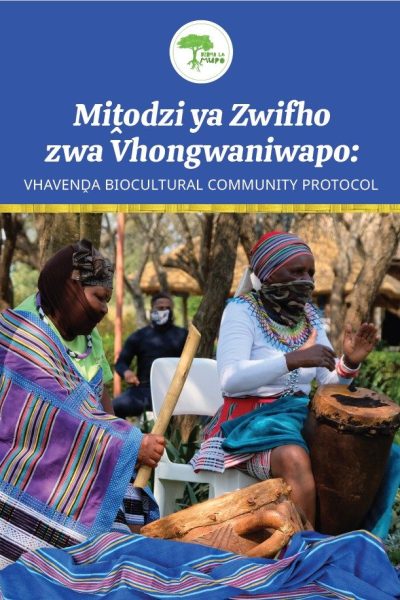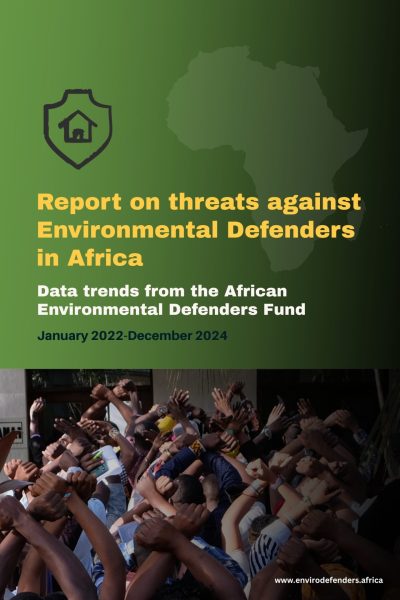With the start of a commodity boom cycle in the early 2000s, many resource-rich countries reaped benefits as prices for commodities increased over the ensuing decade. Many of these countries see mining as a central element of modernising their economies, and actively promote investment in the mining and extractives sector. Indeed, between 2000 and 2012, investment spending by global oil, gas, and mining companies increased five-fold, especially in Latin American and sub-Saharan Africa.
However, the increase in commodity prices and investment was not necessarily good news for indigenous peoples and local communities. More investment means more extractive activity and there is a well-documented overlap between communities’ traditional territories and the location of minerals, fossil fuels and other natural resources. The problems that arise when natural resources are discovered and exploited include environmental destruction, involuntary displacement, loss of livelihoods, and other human rights violations. Although the commodities market has recently cratered, with 2016 prices for oil and metals 50 to 70 percent below their 2011 levels, it remains to be seen whether this drop in prices will have any long-lasting effect on the level of extractive activity that takes place on communities’ lands. Regardless, an end to the rush for natural resources is currently not in sight.







